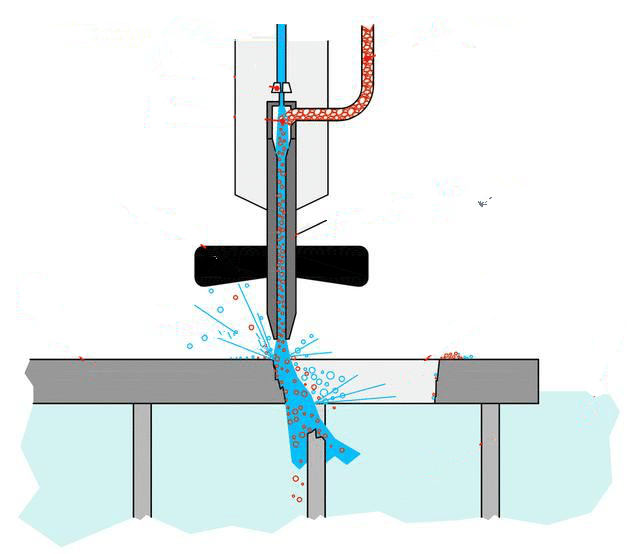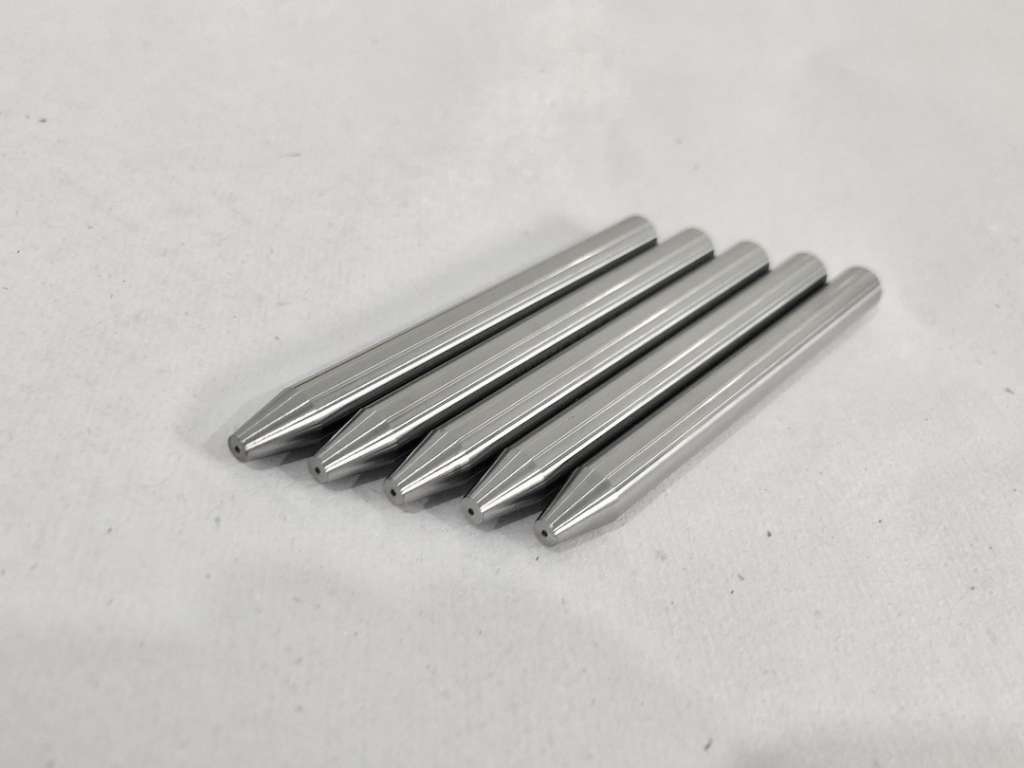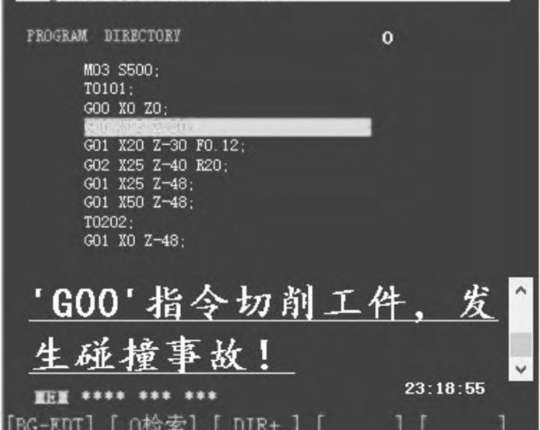Water cutting, also known as water jet knife, referred to a kind of high-pressure water jet cutting technology, it’s high-pressure water cutting machine. Under the control of the computer, the workpiece can be carved arbitrarily, and it is less affected by the processed material quality. Due to its easy operation and good yield, water cutting is gradually becoming the mainstream cutting method in industrial cutting technology.

Historical Development
Early water cutting because the pressure of water is very small, and no abrasive is added, it can only be used to cut paper and other soft, low strength materials,which means its application range is very narrow.
Later, with the development of technology, high-pressure water pump can be used to cut more materials. Early water cutting relied entirely on the pressure of water to cut materials, but only cutting materials with lower strength than water pressure, the application is still limited.
Dr. Norman Franz has always been recognized as the father of the water knife. He was the first person to study ultra-high pressure (UHP) water knife cutting tools. Ultra-high pressure is defined as over 30 000 psi. Dr. Franz, a forestry engineer, wanted to find a new way to cut big trunks into the wood. In 1950, Franz first placed heavy objects on the water column, forcing water through a tiny nozzle. He acquired a short high-pressure jet (several times exceeding the current pressure) and was able to cut wood and other materials. His later research involved more continuous flow, but he found it very difficult to obtain continuous high pressures. At the same time, the life of parts is calculated in minutes, not weeks or months today.

In 1979, Dr. Mohamed Hashish began to study ways to increase the cutting energy of water knives in Frow’s research laboratory to cut metals and other hard materials. Dr. Hashish is recognized as the father of sand water knife. He invented the method of adding sand to an ordinary water knife. He uses garnet (a material commonly used on sandpaper) like sand. With this method, water knives (containing sand) can cut almost any material. In 1980, and water cutters were first used to cut metals, glass, and concrete.
Working principle of water jet cutting
The water-cut water jet starts from a pressurized pump and passes through a high-pressure tube to produce a pressure of 60,000 PSI, which is then ejected from the cutting nozzle. During the design process, small leaks can permanently damage the components and cause damage. Therefore, manufacturers and engineers will carefully handle the processing of high-pressure materials, using special technology to combine such machines. Users only need to know basic operational knowledge.
The cutting machine was applied in the industry in 1982, and it was first introduced in 1970. It is mainly used in the automotive, aerospace and glass industries in the industry, and the precision is continuously improved from these cuttings. The abrasive cutter can reach a pressure of 55,000 PSI, which is injected through a small nozzle at a speed of 762 m/s, which is 2.5 times the speed of sound.
Mixing the pomegranate sand into this high-speed water jet, mixing it in a mixing tube and then directly ejecting it from the sand tube to the material being processed at a speed of 305 m/s. This cutting process is actually a grinding and cutting process. The process, this power and movement are all produced by water.

The booster pump pressurizes the water again to achieve the desired pressure. It is worth noting that the abrasive cannot be added to the water or high-pressure water line because the line will wear through quickly. Therefore, it can only be added to the nozzle position to mix water and abrasive. At the same time, it can’t be too close to the exit, because it is necessary to give him a speed to accelerate, only the abrasive has a certain flow rate to have the cutting ability. In order to avoid the abrasive mixing of the abrasive and water, the water cutting nozzles are made of very hard, high strength materials such as tungsten carbide ceramic composites.
Advantages of water jet cutting
So what are the advantages of water cutting compared to traditional cutting methods?
Can be cut in a wide range. It can cut most materials such as metal, marble, glass and more.
Good cutting quality. Water cutting creates a smooth cut that does not create rough, burring edges.
No hot processing. Water cutting because it is cut with water and abrasives, does not generate heat (or produces very little heat) during processing, and this effect is ideal for materials that are affected by heat. Such as: titanium.
Environmentally friendly. Water cutting is cut with water and sand. This kind of sand does not produce toxic gas during processing, and can be directly discharged, which is more environmentally friendly.
Water cutting does not require replacement of the cutter unit, and a single nozzle can process different types of materials and shapes, saving cost and time.
Disadvantages of water jet cutting
The cost of water cutting equipment is second only to laser cutting, high energy consumption, high maintenance cost, and no cutting speed. Because all abrasives are disposable, they are discharged into nature once. The environmental pollution brought by it is also serious.
Cutting result of water jet cutting
Cutting thickness
The thickness of the water cut can be very thick, 0.8-100mm, or even thicker material.
Cutting speed
The water cutting speed is the slowest relative to wire cutting and laser cutting, and is completely unsuitable for mass production.
Cutting accuracy
Water cutting does not produce thermal deformation with an accuracy of ±0.1mm. If a dynamic water cutting machine is used, the cutting accuracy can be improved, and the cutting accuracy can be up to ±0.02mm, eliminating the cutting slope.
Slit width
The water-cut slit is approximately 10% larger than the diameter of the knife tube, typically 0.8-1.2 mm. As the diameter of the sanding tube expands, the incision becomes larger.
Cutting surface quality
Water cutting does not change the texture of the material surrounding the cutting seam. Thermal cutting methods, such as laser cutting, change the texture around the cutting area.
Order our waterjet parts online

Abrasive Waterjet Nozzles
Carbide Abrasive Waterjet Nozzles

